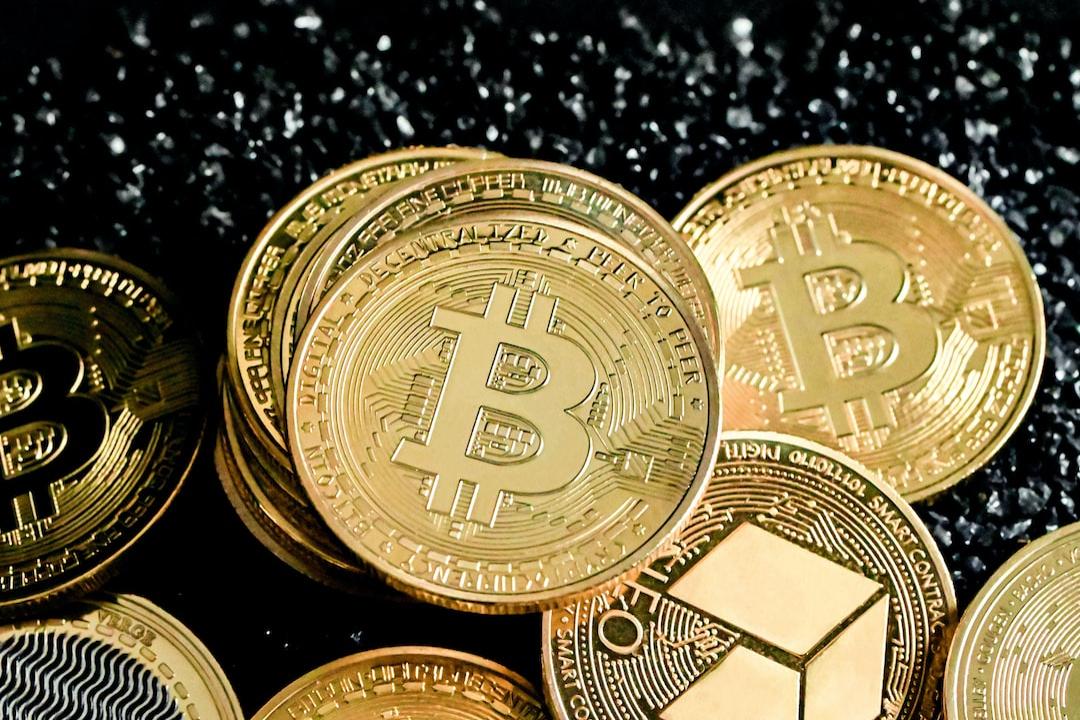Japan’s Central Bank (BOJ) to Hold Monetary Policy Meeting Next Week, Governor Ueda Hints at Delaying Interest Rate Hikes
Japan’s central bank will hold a two-day monetary policy meeting next week (June 16-17) to assess the implementation of the quantitative tightening (QT) initiated at the end of July last year. Starting from July 31, the BOJ has been reducing its government bond purchases by 400 billion yen per quarter, and this QT was originally expected to be gradually executed.
However, reports indicate that the BOJ is considering slowing down its bond reduction pace starting in April 2026, reducing purchases by only 200 billion yen per quarter, or maintaining the current 400 billion yen; they may also choose a range between 200 billion and 400 billion yen for the first year as a trial, and no final decision has been made yet.
This has led the market to speculate that Japan might pause QT altogether or even restart selective quantitative easing (Selective QE), which involves resuming purchases of certain bonds to avoid excessive liquidity tightening. Nonetheless, BOJ Governor Ueda emphasized in an interview on June 10 that the current inflation rate still has a gap from the central bank’s target, suggesting that interest rate hikes might be delayed.
Arthur Hayes Claims Japan’s Restart of QE Could Propel BTC and Other Risk Assets
In response, BitMEX founder Arthur Hayes stated on Twitter (X) on June 10:
“I don’t think the Japanese public will agree to this. If the BOJ delays QT in the June meeting and resumes QE, then risk assets like BTC will surge.”
Japanese Bond Yields Surge Past Historical Highs, Bitcoin Subsequently Hits New Highs
Back to May 21, the yield on Japan’s 30-year government bonds surged to 3.18%, setting a historical high. Subsequently, Bitcoin (BTC) also reached an all-time high of $112,000 on May 22. Experts pointed out:
“As the market’s doubts about Japan’s repayment ability grow, many institutions are beginning to reassess whether Bitcoin should be considered as one of the options for a hedge against sovereign default risks.”
According to data from Financial M Squared and TradingView, on May 21, Japan’s 30-year government bond yield hit 3.18%, and BTC reached a historical high on May 22.
Why Do Rising Bond Yields Drive Up Bitcoin and Other Safe-Haven Assets?
Generally, government bonds are viewed as a “safe haven” due to their low default risk, low volatility, substantial issuance, and high liquidity. When investors buy a government bond, they are essentially lending money to the government in exchange for stable interest.
However, if the market begins to question the government’s ability to repay, such as through continuous money printing to buy bonds, investors will start demanding “higher interest” as compensation for the risk, resulting in rising yields. Rising yields signify falling bond prices and weakening demand.
When traditional safe-haven tools (government bonds) are also questioned, the market will naturally seek alternatives. For institutional investors, this means preparing to allocate part of their funds into assets that are not subject to sovereign or government control; decentralized assets like Bitcoin (BTC) will benefit from this hedging demand, driving up prices.
Risk Warning
Investment in cryptocurrencies carries a high level of risk, and their prices may be highly volatile, potentially resulting in the loss of your entire principal. Please evaluate risks cautiously.

